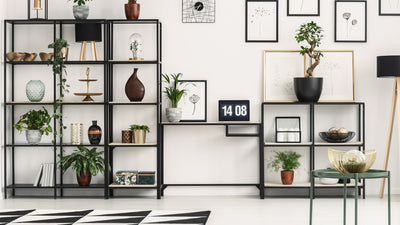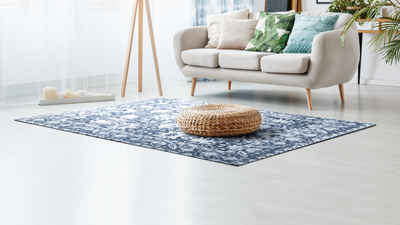The complete guide to mastering texture in interior design
The interior design world is full of unique vocabulary, but few are as important to a designer's vocabulary as texture. A key feature of design, texture can make a room feel homely and comfortable or sharp, cold and uninviting. Read on to find out what texture is and how you can apply it to feel cosy at home.
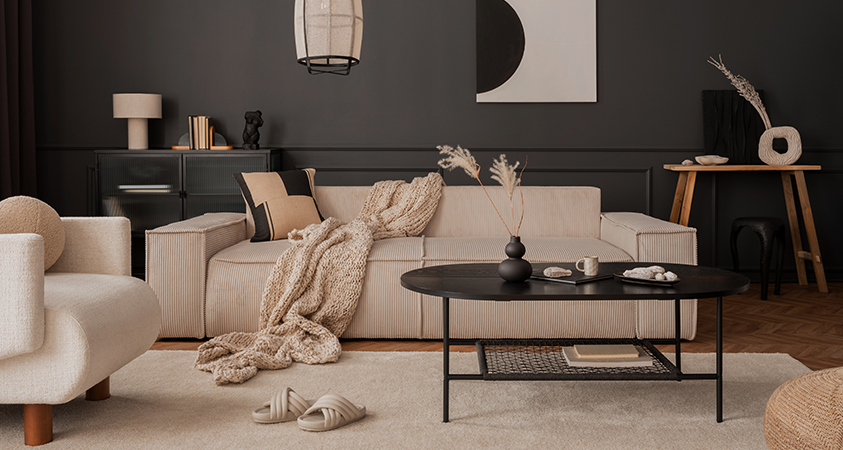
What is Texture in Interior Design?
Most people will be familiar with how colours and shapes can affect the look and feel of a room. However, the surface look and feel of your furniture and decor is also an important factor in your overall design. Designers refer to this as texture.
There are two main kinds of texture:
Tactile texture: This refers to the physical texture of an object. A wood surface will feel different to a wool surface. A snug high-pile rug will feel warmer than a short-pile rug. Even if you’re not directly touching the surface, you imagine how it will feel under your hands and feet. Humans are naturally drawn to plush textures, which give a calming effect and create a warm and inviting atmosphere.
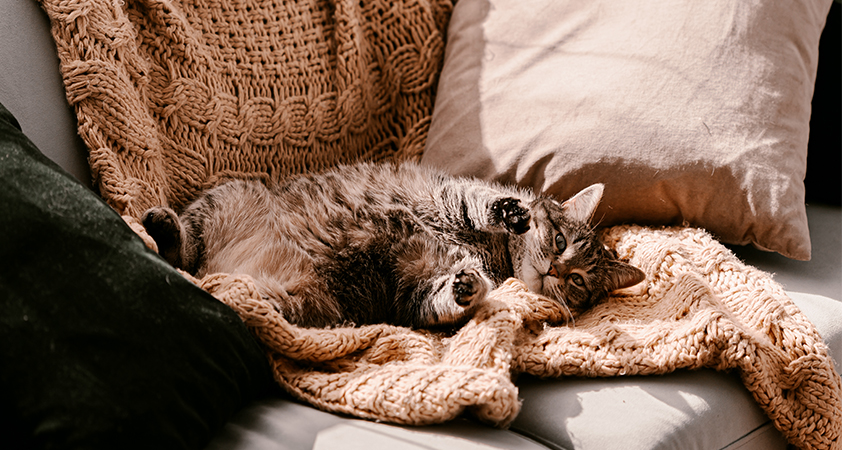
Visual texture: These are textures that we only experience through sight. One way visual texture is affected is by light. For example, surfaces that shine will make a room seem brighter or a colour lighter, while surfaces that don’t reflect light will appear darker. A room with many shiny, smooth surface may feel cold. Shiny, smooth surfaces are related to modern, minimalist and contemporary design, while rough textures will appear more rustic, farmyard or maximalist. These textures may change throughout the day as the light moves. Visual texture can also change our perspective and give a flat surface the illusion of 3D, such as magic eye puzzles or cleverly captured photographs.
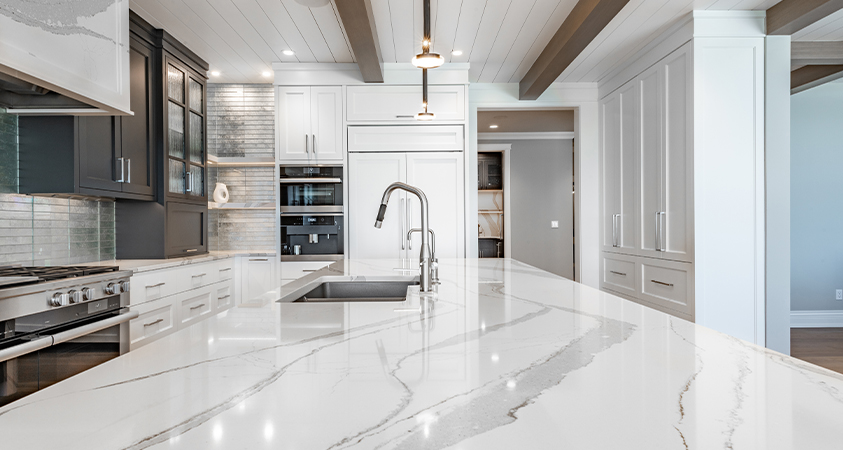
Some additional types of texture include:
Simulated texture: You can convey texture purely by how an object looks and not necessarily how it feels: for example, you might have a wood grain bench with a smooth resin finish, or a rug with a distinctly stone-like pattern that you can actually sink your feet into.
Abstract texture: A surface made from certain materials is rearranged to create a new texture of its own.
Rooms benefit from a variety of balanced textures to make the room feel warm and create a sense of depth. Traditionally, hard materials evoked masculine energy and soft materials evoked femininity, so consider the energy you want your home to exude. Sheen is often used to indicate wealth (such as with silk, metallics or satin) but manufacturing has made it easy to apply sheen to almost any object in your price range.
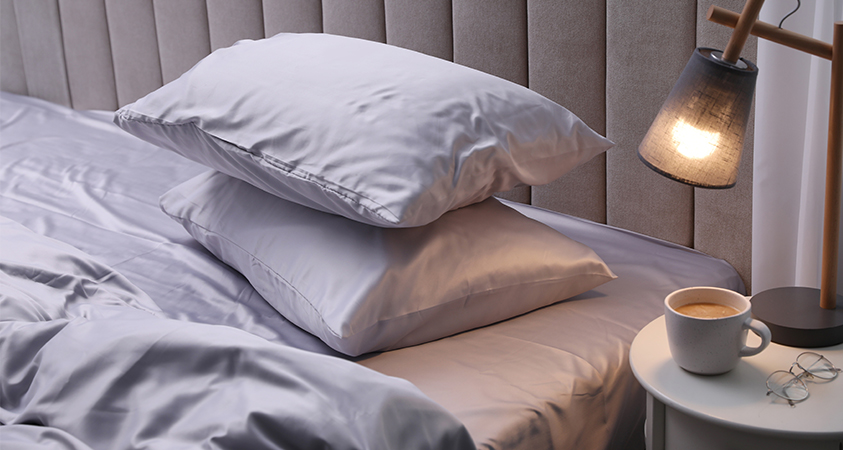
Why is Texture Important in Interior Design?
Visual weight
Visual weight refers to an object or element’s ability to attract the eye. The more visual weight something has, the more it will draw in the viewer. Visual weight can help draw attention to a focal point and add interest to an entire room.
Cluttered appearance
When you’re putting together a room, do you mix a lot of random pieces and put them together with a wall splatter of colour? Even maximalist homes will have a certain method to the madness, a theme that ties the room and home together. It’s the same with texture. Consider how all the components and textures affect the room and whether they’re in balance.
Warm and inviting
As we’ve mentioned, smooth and shiny textures can make a room feel cold and sterile, while plush textures do the opposite. It’s important to mix textures so that your living spaces feel livable, even if you’re going for a minimalist design.
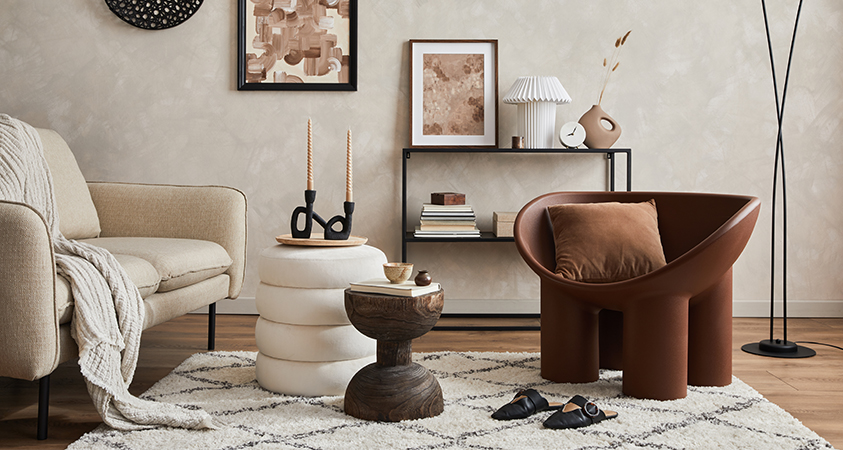
What are Some Types of Texture in Interior Design?
Here is a list of common textures you may include in your home and their effect on your décor:
Course, bumpy or rough textures
Rough or course textures add visual weight and are associated with warm, rustic and traditional interiors. These textures can be achieved with reclaimed wood, terracotta, and unpolished stone.
Scaly or leathery textures
While some people might find these textures off-putting, they certainly offer a striking sense of luxury and opulence. Leather is an appealing material as it is very comfortable but also durable, and it develops a luxury sheen called a patine over time. You can also achieve these textures with PU leather, though these products will not naturally develop a patine.
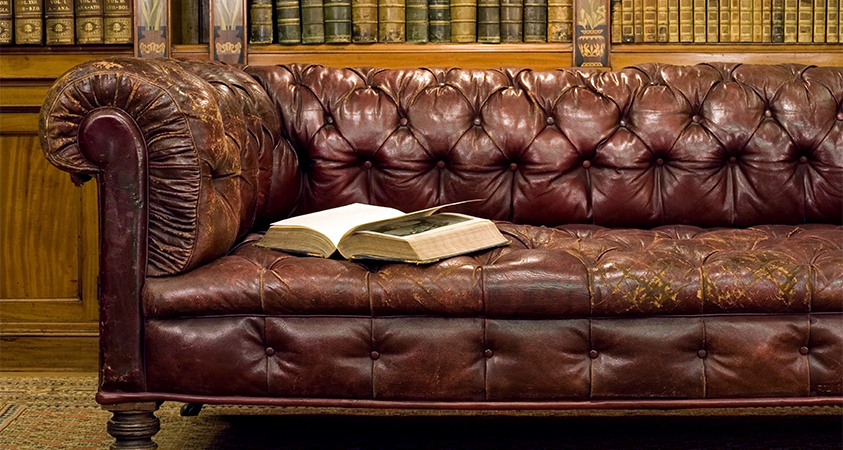
Glossy, shiny, silky and smooth textures
These textures are associated with modern and contemporary styles. They can come across as soft, glamorous and incredibly rich when used correctly. Overused, it can make a room look cold, sterile and void. They add contrast when paired with other textures, such as a glass ornament on a wooden bookshelf. These textures can be achieved with porcelain, some plastics, glass, specialised finishes and varnishes, silk and satin.
Velvety textures
Velvet is prized for its silky, tufted texture and unique sheen that can make any piece feel decadent. It can blend into many interiors for added warmth and colour, but it’s not an incredibly practical fabric. However, who needs practicality when you’re going for classic Hollywood glamour?
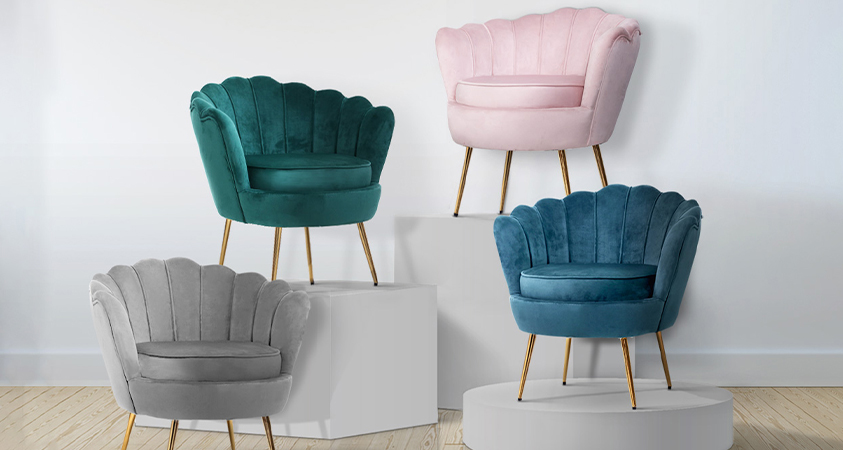
Plush textures
Sinking your feet into a shag rug. Burying your face in a faux fur blanket. Cuddling up in your favourite fleece dressing gown. You can imagine the luxurious feel that comes with touching a plush piece of furniture or décor. These pieces invite touch and deliver a wonderful tactile experience in any space. These textures bring lots of warmth to a room, both literally and figuratively, but can cause sensory overload when overused.
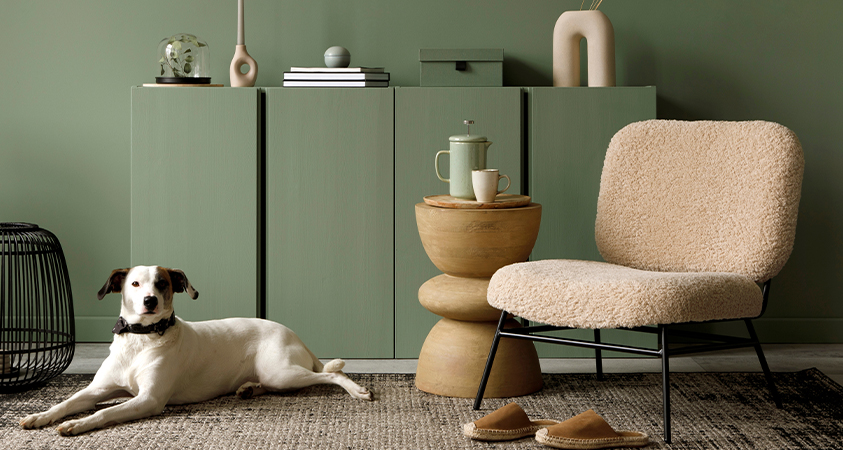
Metallic textures
Like shiny textures, materials like chrome, silver, gold and steel can come across as cold, or they can add a fun, regal, rich or warm feel to your space. Industrial, Art Deco and Hollywood Glamour interior styles all feature metallic accents.
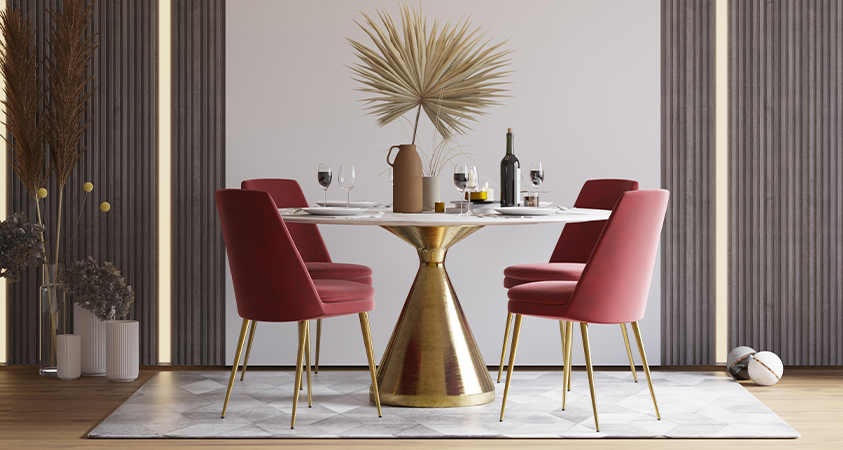
How to Add Texture to Your Interior
Layer different textures
By combining different materials and textures in a specific way, you can tell a story about your home and the objects within. An easy way to add texture is with rugs. Not only do rugs provide warmth against harsh hardwood or tile floors, but they can add additional texture to carpeted floors too. You can even add a smaller rug on top of an area rug, for example combining a small sisal rug under your coffee table on top of a short pile patterned rug. Another way to Layered correctly, these textures will bring depth and richness to your space. Don't forget to look up! Both floor and wall coverings can have varying textures, so consider a tapestry as well as a rug.
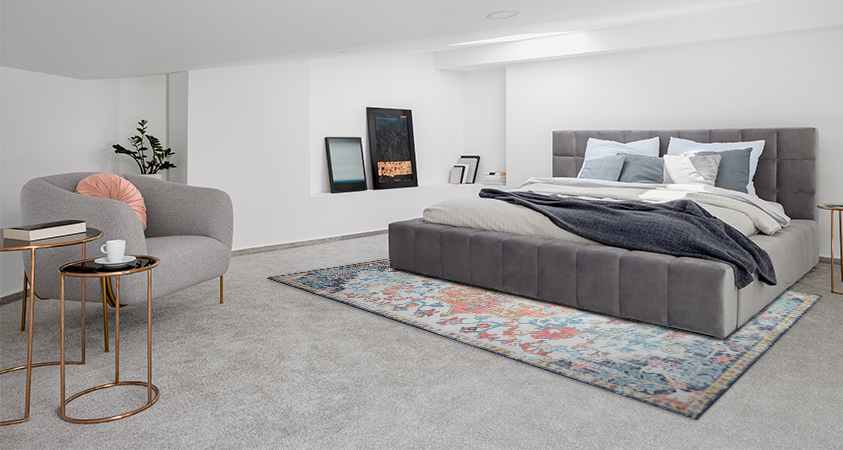
Buy textured pieces
Find textured furniture that suits your style. We don’t just mean fabric furniture: you can find pieces made from reclaimed wood with rustic edges, or vintage pieces with natural wear and tear. You can find furniture made of all sorts of materials, from wood to metal to glass. If you’re not satisfied with the texture of your existing furniture, you can change it with a little DIY and a can of paint. The options are endless, limited only by your imagination and individual taste.
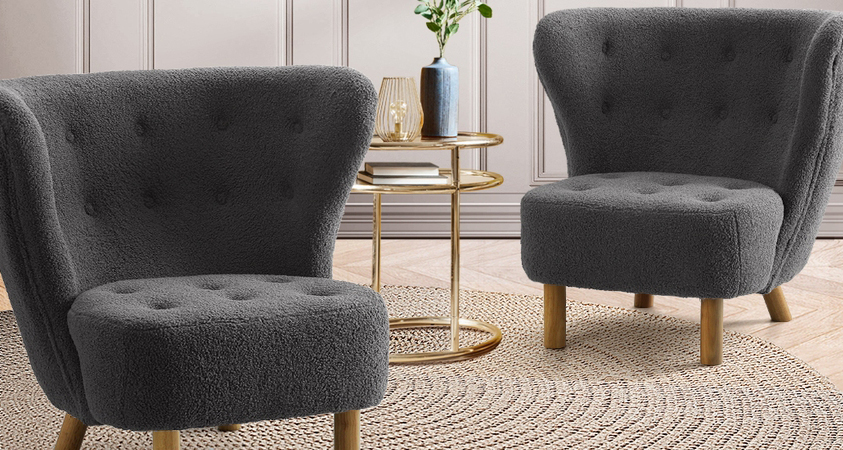
Use contrasting textures and fabrics
Want to add some blankets and throw pillows to your couch? Don’t choose the same boring fabric over and over. Create visual interest with a different colour, combine solid colours with patterned fabric, or change the material entirely. If you have a plush couch, use a material like cotton or linen. If your couch is beautifully patterned, add a matching solid-colour faux fur blanket. Apply the same principles to your bedroom and other chairs. However, try not to go overboard - stick to around three or four different textures or fabrics per room.
Create a gallery wall
Do you have a lot of empty space on your wall? Add a gallery wall! Gallery walls are perfect for adding texture as you can combine different visual textures (the artwork itself) alongside tactile textures (frames, sculptures or tapestries).
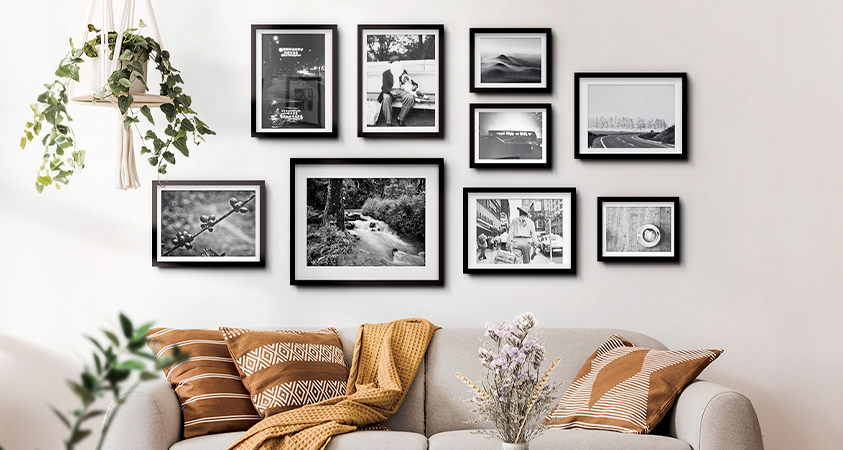
Highlight existing architectural elements
If you’re lucky enough to live in a refurbished industrial, farmyard or rustic-style home, you may have exposed architectural elements that can be used to impart texture. Exposed beams, pipes, brick walls or stone floors will add visual and textural interest to your home and help create a sense of history and purpose.
Decorate with nature
Incorporating plants and flowers into your décor is a quick and easy way to impart natural texture to the room, brighten up a space and balance sterile environments with a pop of colour.
Illuminated texture
Since lighting plays such an important part in how your textures are perceived, you’ll want to get your lighting right. A well-placed downlight will highlight your room’s best features and are perfect for gallery walls, while a floor lamp will help illuminate the entire room. Depending on your desired mood, you may choose cool white light or warm yellow light. However, nothing can beat pure natural light in terms of both interiors and health. You can position your pieces to make the most of each ray of sun and enjoy the dynamic décor. The more light the better!
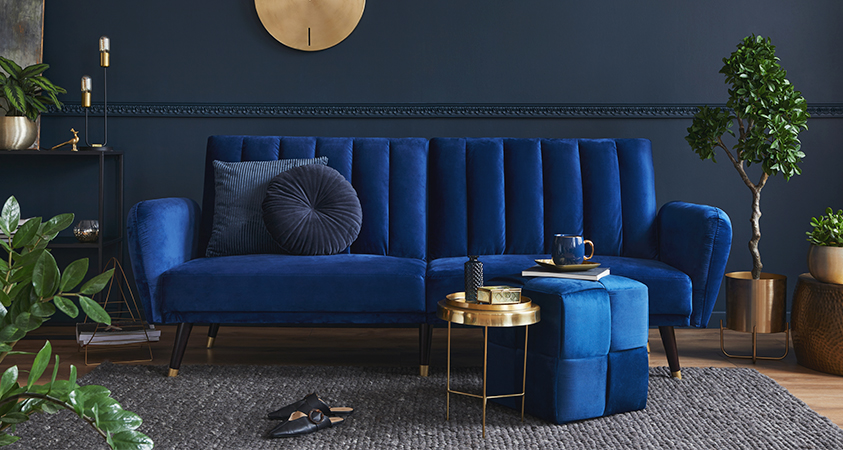
For more design inspiration, check out our blog 17 Popular Interior Design Styles For Your Home. To decorate your own home like the professionals, shop with Artiss. We have a wide range of furniture in many materials, textures and colours, hand-picked by our expert decorators to enrich your home at an affordable price. Shop the look today and you’ll receive friendly and loyal customer service, access to amazing deals when you sign up to our mailing list, and the latest trending products promptly shipped to your door anywhere in Australia. Explore our full range today.








